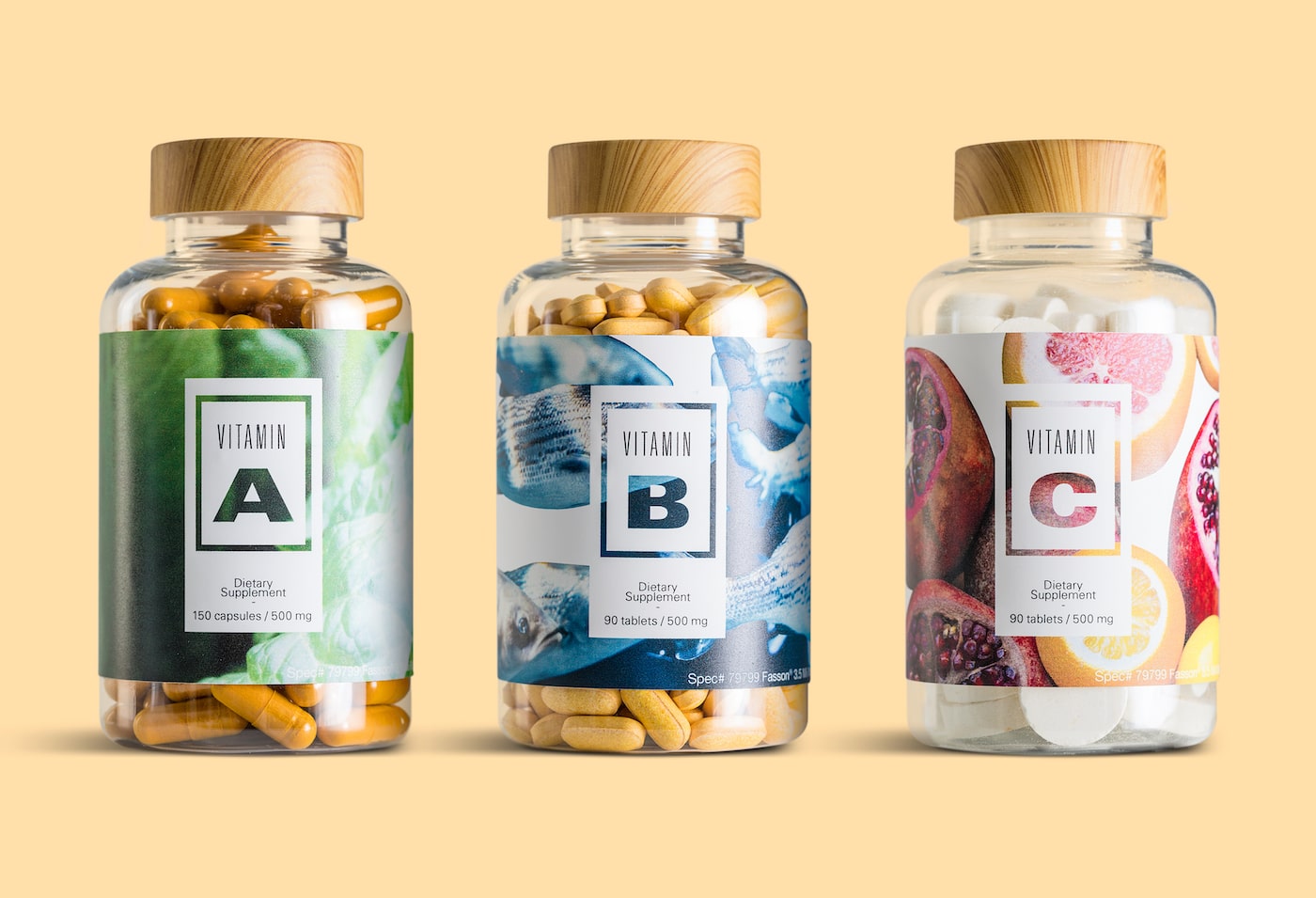The pharmaceutical packaging market is expected to grow at a CAGR of 6.1% between 2020 and 2027, thanks in part to advances in biotechnology, the rise of patient-oriented medicines, and a surge of serialization efforts to track and trace drugs.
As the industry moves to a wider variety of treatments and a more digital supply chain, many pharma companies are finding they need a labeling solution that allows for more diversity. Digital printers are becoming a popular option to increase flexibility, with their ability to offer both high speed and on-demand printing.
Avery Dennison’s new portfolio of materials for pharmaceuticals includes a wide range of market-leading facestocks designed for digital printing techniques with proven, compliant pharmaceutical adhesives. With solutions for UV Inkjet, Water-based Inkjet, Dry Toner, thermal transfer, and direct transfer printing, packaging engineers no longer need to compromise between the benefits of digital printing and adhesive performance.
Flexible Serialization
Industry regulations are pushing towards supply chain transparency through the use of serialization. From a regulatory perspective, using unique identifiers can help address counterfeiting (US, Drug Supply Chain Security Act, 2013) as well as drug shortages (EU - A pharmaceutical strategy for Europe, 2020).
From a business perspective, serialization and digitization can create a more efficient supply chain, give a better snapshot of how their products perform in different markets, and reduce the risk of complicated recalls.
However, these benefits do bring a layer of complexity to the production process. As a result, many manufacturers are using in-line printing units to allow for late stage serialization of pre-printed labels. Digital printers are well suited for this, as they are able to print unique numbers and are relatively small in size.



